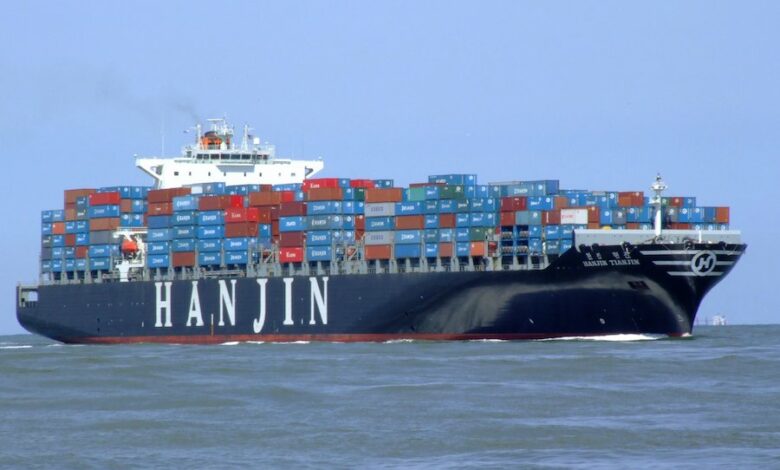Feeders in the spotlight as global boxship fleet surpasses 20m teu

This week containership fleet capacity has passed the 20m teu mark, which Clarksons Research described as “another milestone in the rapid rise to prominence of the sector”.
In its weekly newsletter, Clarksons Research said it anticipates a coming need to order a slew of smaller boxships in the coming years as the box fleet remains unevenly balanced between smaller and large tonnage.
The orderbook below 3,000 teu is limited, equivalent to 10% of fleet capacity compared to 33% above 8,000 teu, and modern units are described by Clarksons Research as “scarce”.
Demolition has picked up pace; 724 boxships have been sold for scrap since start 2012, about 70% of them below 3,000 teu, the researchers noted.
Moreover, the feeder fleet has largely been shrinking since 2H 2011, with capacity below 3,000 teu expected to see no real growth this year or next.
“Furthermore there are limits to network flexibility and the further cascading of larger ships into the feeder arena,” the London-headquartered outfit noted.
The share of intra-regional deployment accounted for by ships of 3,000 teu and above has been “fairly flat” at just below 30% for some time.
“If extra intra-regional capacity is needed, that’s likely to mean demand for smaller units,” the researchers concluded.
